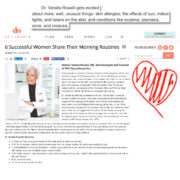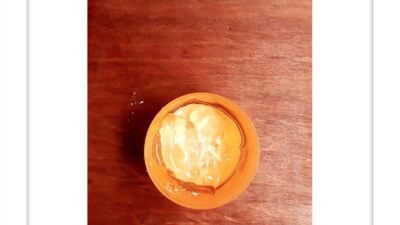Fruits and vegetables are awesome for you, period. But juices…well, that’s a whole different bag of bananas. Many of the juices we grew up on have been revealed to be little more than liquid sugar. Other bottles we get off the shelf are preserved to last longer in stores, dyed to look “healthier,” or “enriched” with various ingredients of debatable benefit (or harm). Still others that are “all natural” have been processed enough to remove many of the original nutrients or have added sugars. We asked our friends at the very good, very wholesome Harvest Juicery — specialists at creating juices that aren’t only detoxifying and healthy but that “taste damn good, too” — to help us understand some of the basics about juice.
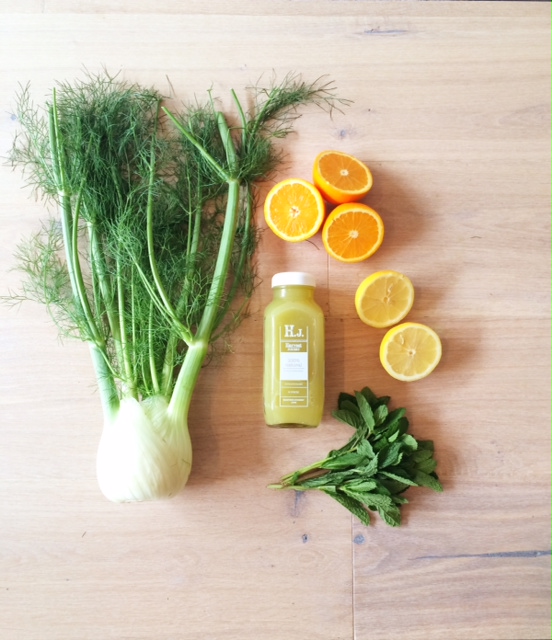
There’s so much juice out there, how do I know if it’s really good? (I know you talk about cold pressed a lot on your site!)
This would come down to the process (besides flavor of course). The two major players in the juicing world are Centrifugal/Centrifuge or Cold Pressed.
Centrifugal: This process is quick, uses a lot less product, heats the product while juicing, only saves about 50% of the nutrients and enzymes, and the benefits are lost if the juice is not consumed right away or within an hour. These juices are usually made to order.
Cold Pressed: This is a much longer process and uses about 2-3 pounds of vegetables per 16oz bottle. Due to the slower process it does not heat the product while juicing, saving about 95% of the nutrients and enzymes and making this process the closest to raw as possible. These juices have a 72-hour shelf life and are made and bottled for a grab-and-go purchase.
What’s the best way to select a juice? Is more vegetables (as opposed to fruit) always going to be healthier?
The best way to select a juice is to know what you are looking for and what your body is in need of, which will point you towards something that is more vegetable-based or fruit-based. Depending on other considerations like pre/post workout, afternoon pick-me-up, more protein, something a little sweeter…there should always be a recommendation by your juicer based on your specific needs at that time.
I’m a bit scared of “green” juice. Is it really good for you? What’s the best way to start trying it?
I believe that the person who is “scared of green juice” is hesitant because (at least in my experience) most green juices taste awful, but we still drink them because we know they are good for you. I am a strong believer in making healthy taste good. It is possible. It’s all about recipe balance — not just throwing a bunch of ingredients into one bottle that do not necessarily pair well with one another but if they are all “good for you,” it’s ok. What we do is ask our clients what their experience is with green juice. For example, “have you ever had a green juice,” “are you a green juice lover,” “is this new for you?” From there we base our recommendations on what you know and like, and guide you in a direction of not only taste but more familiar ingredients as well. Once you start there you, can move up to the stronger greens.
How do I incorporate juice into my diet?
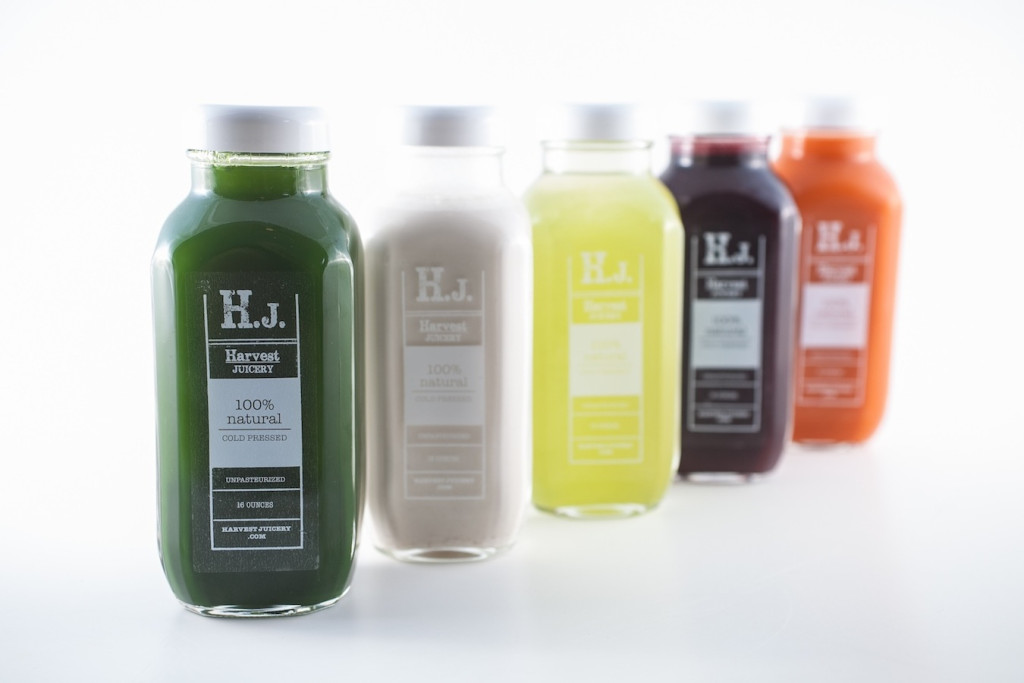
Any way that works for your lifestyle! Either for breakfast, pre/post workout, nighttime snack, lunch, afternoon pick-me-up, in rush hour to the airport…you can incorporate it into your lifestyle how you see fit and to address whatever needs you have.
What do you think of juice cleanses?
I am a believer in juice cleanses…when they are done properly. Our cleanse was consulted on and backed by an RD prior to launching. We also include a 48-hour notice to send you “pre/post” instructions on how to to ensure you receive the most benefits while on your cleanse. I saw that there was not a lot of material on what to do before and after a cleanse which is crucial, so that was important to me to include in our cleanse. Many people have a rockstar weekend and then think it is a great idea to cleanse on Monday. This is what we are trying to avoid and we’re trying help educate people on the reasons why.
We’ve heard it’s better to eat the fruit than to juice (since a lot of juice is basically sugar and water)…how can we juice to keep as much of the fiber and good stuff as possible?
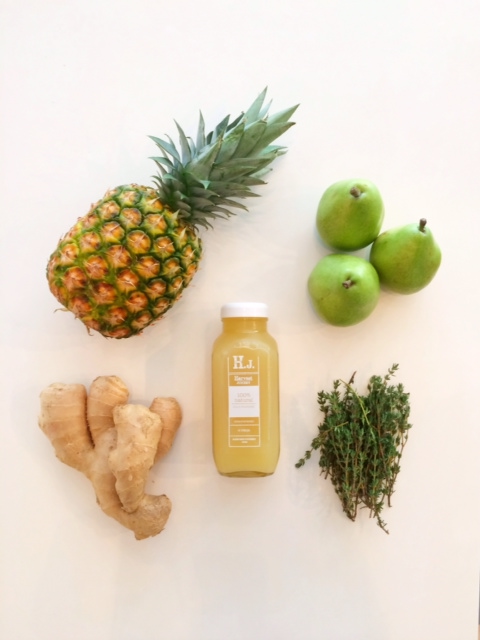
When it comes to juicing you do lose most of the fiber as you are not actually biting into the skin of the fruit and vegetables, or having those be a component of the drink. However, drinking a bottle of raw, cold-pressed juice that packs 2-3 pounds of vegetables at a time is far more beneficial than an apple every other day. In regards to sugar and water, vegetables do contain water and fruit contains natural sugars…unfortunately this is confused with refined sugars and water used in products that are not exactly good for you.
Our take-home:
- Look for cold-pressed to retain as much of the nutrients as possible.
- Find a juicer who can help you select juices based on your needs, taste buds and lifestyle.
- If you juice cleanse, do so with supervision and not as a cure-all for weekend binges.
- Greener, less sweet juices are phenomenal for you but a good juicer can help you slowly work up to them.
- Drinking juices should not replace eating raw fruits and veggies (you still need to be doing this daily), but fresh juices are a great add-on to your overall fruit-veggie intake!
Skinside-Out Health Factor: Excellent!
Fruits and vegetables have almost too many benefits to count. In terms of skin, almost all are packed with antioxidants that help your skin fight off environmental stress and aging. Some new research is pointing to antioxidants not only boosting your protection against sun and light but possibly even helping to repair some damage. Fruits and vegetables won’t replace your skin care regimen (which is important for hygiene, active therapy and sun and light protection) but they are fundamental building blocks to your skin’s health (you need both). Aim for 50% of each meal being fruit or vegetable, the rawer the better. Err on the side of veggies if you’re concerned about your glycemic index or carbs…fruits are healthier than any other sugar or carbohydrate but most are high in both. If these are concerns for you, opt for berries! Low carb, low sugar and high in antioxidants. And feel free to add on throughout the day in the form of snack replacement (grilled sweet potato instead of chips) or fresh, cold-pressed juices!


